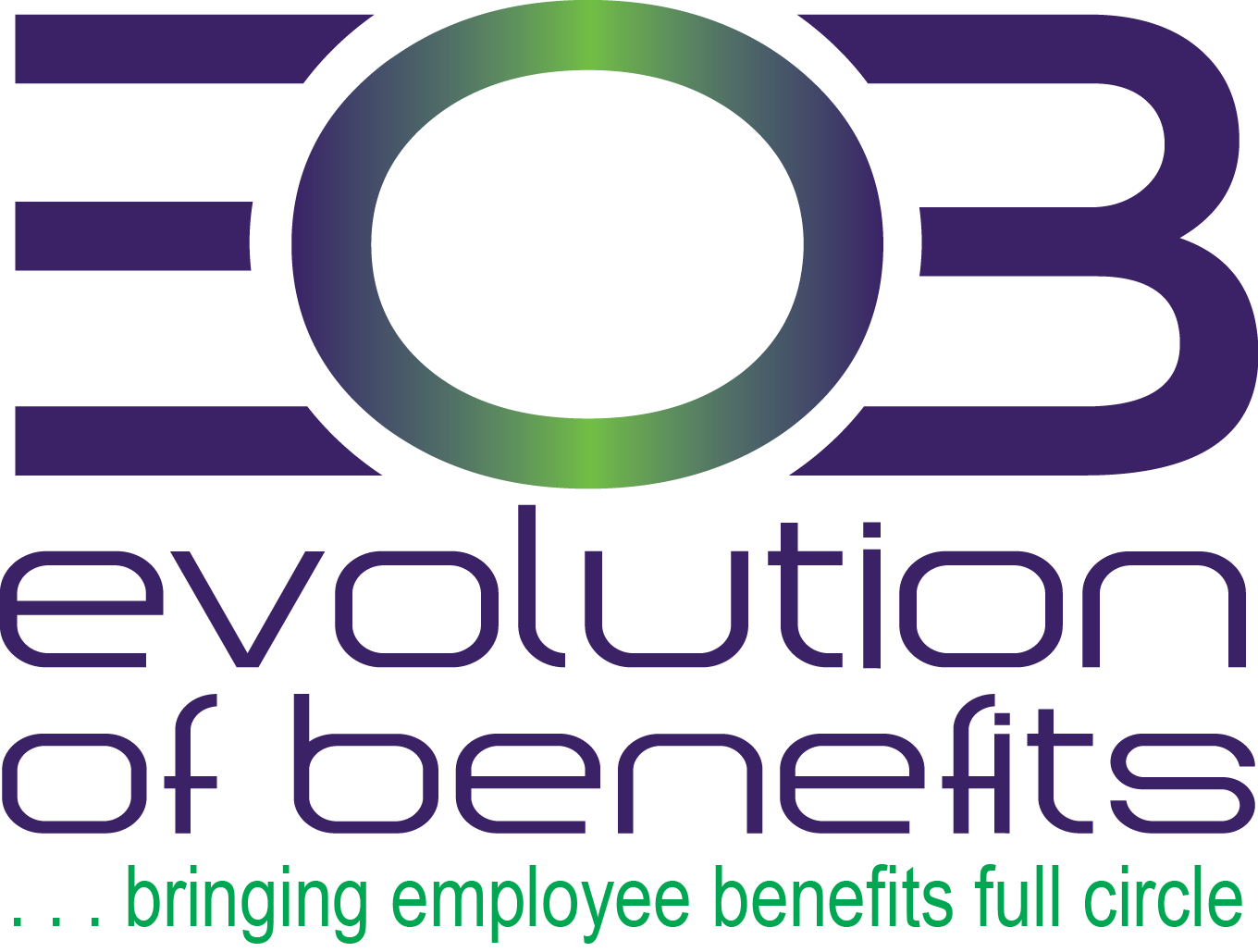HR Brief – Retaining Employees During Economic Uncertainty

Economic uncertainty can heavily impact employees’ mental and physical well-being in the workplace due to the stress of financial instability and the looming fear of layoffs. Even with an increased chance of being laid off during a recession, employees may still choose to leave the workplace for a variety of reasons, such as a higher-paying job, flexible working conditions or improved job security.
Retaining employees during a time of economic uncertainty is essential for maintaining an organization’s performance, minimizing costs and supporting employee morale. To help retain employees, employers can focus on some of the following retention strategies:
HR Brief – How HR Can Help Organizations Become Recession-proof

In 2023, it’s critical for employers to consider how to prepare for economic uncertainty and build resilient, prepared organizations. Here are strategies HR teams can use to help prepare for and minimize the impact of a recession on their organizations.
Prioritize Employee Engagement
Employee engagement and experience can be vital leading up to and during a recession. HR teams have found success in increasing engagement by listening to employees and addressing their concerns. In addition, tools and platforms—such as social media, professional networks, and recognition and reward programs—can provide organizations with new ways to strengthen employee engagement. Such measures can help maintain morale and employee productivity.
HR Brief – The Trendiest Benefits for 2023

There’s no denying that employees’ needs have changed over the past few years, and many workers are paying more attention to their benefits and wondering how to stretch their dollars further. Employers will want to offer benefits to meet evolving worker needs shaped by the lingering effects of the COVID-19 pandemic and rising inflation.
This article highlights benefits that are likely to be popular in 2023.
Voluntary Benefits
A rising number of organizations recognize that voluntary benefits are advantageous to employees and their families—and many come at no cost to the employer. Examples of trending benefits include hospital indemnity, disability, accident, life and pet insurance.
HR Brief – EEOC Updates Workplace Poster

Recently, the Equal Employment Opportunity Commission (EEOC) issued a new poster titled “Know Your Rights, Workplace Discrimination is Illegal,” which updates and replaces the previous “EEO is the Law” poster. Under the Title VII of the Civil Rights Act (Title VII), the Americans with Disabilities Act (ADA) and other laws enforced by the EEOC, employers with 15 or more employees must prominently display the new poster at their work sites. Laws enforced by the EEOC generally prohibit employment discrimination based on certain protected traits, including race, color, religion, national origin, sex, disability and age. These laws also require employers to display a workplace poster that describes their prohibitions and requirements.”:
Employer Takeaways
The new “Know Your Rights” poster includes the following differences from the previous version:
HR Brief – 5 Tips for Effective 2023 Open Enrollment Communication

Now more than ever, employees are looking to their employers for guidance on navigating their available benefits. Employees are likely paying more attention this year as they navigate record-high inflation and work to maximize every hard-earned dollar.
During the 2023 open enrollment season, employers should be poised to provide their employees with resources and tools they can use to better understand and act with more confidence when making benefits decisions.
Consider these five tips to enhance communication about benefits:
Consider these five tips to enhance communication about benefits:
- Start early.
Get the word out early about benefits offerings so employees have ample time to understand their benefits, consult with family members and determine their needs for the following year.
HR Brief – Building Employee Skills With Microlearning

Addressing current and future skills gaps is a top workplace challenge for employers today. In addition, learning and development are key priorities for workers in today’s competitive labor market who may seek out a new employer if their current one does not offer the career development opportunities they desire.
While employers can approach these challenges in various ways, many are leveraging microlearning, which provides an affordable, feasible and time-friendly opportunity to build employee skills.
HR Brief – Proposed Overtime Rule Expected in October 2022

In its spring regulatory agenda, the U.S. Department of Labor (DOL) announced its plans to issue a proposed overtime rule in October 2022. According to the agency’s regulatory agenda, this proposed rule is expected to address how to implement the exemption of executive, administrative and professional employees from the Fair Labor Standards Act’s (FLSA) minimum wage and overtime requirements.
Changes to minimum wage and overtime requirements under the FLSA could impact compliance costs and litigation risks for employers.
HR Brief – What President Biden’s Vaccine Mandate Means for Employers

Recently, the White House directed the Occupational Safety and Health Administration (OSHA) to draft an emergency temporary standard (ETS) for private employers. Soon, employers with 100 or more employees (likely measured companywide, not by location) will need to adapt their vaccine policies and enforce one of the following:
• Require employees to get vaccinated against COVID-19
• Require unvaccinated employees to produce evidence of a negative COVID-19 test each week
DOL Announces Final Rule on Tip Regulations
Recently, the U.S. Department of Labor (DOL) announced a final rule that will amend Fair Labor Standards Act (FLSA) regulations for tipped employees. The final rule is expected to become effective on Nov. 23, 2021.
HR Brief – August 2021 | Hybrid Work Models, Preventing Turnover Post-pandemic

Considering a Hybrid Work Model
Work flexibility is consistently cited as a post-pandemic trend, and many employers are already introducing hybrid work models in their reopening plans. A hybrid workplace is a flexible model designed to support a workforce of both on-site and remote employees.
A thoughtful hybrid workplace approach combines the best aspects of an organization’s on-site and remote workplaces. To best accommodate a distributed workplace, consider the following tips:
- Set clear expectations for which employees are eligible for hybrid work, and be transparent about any decisions.
- Formalize hybrid work request processes.
- Plan meetings that best accommodate all employees.
- Consider how project management and communication channels can foster company-wide collaboration.
Preventing Turnover Post-pandemic
Turnover is a common occurrence throughout any given year. However, during the COVID-19 pandemic, turnover rates fell dramatically. Now, a significant number of employees are unwilling to return to the status quo that was established pre-pandemic. That’s a major reason why experts predict a “turnover tsunami” coming in the latter half of 2021.
What Employees Want Post-pandemic
Generally, workplace survey data from the past year illuminates some commonalities between worker desires across industries. The following are some of the most coveted changes workers are looking for post-pandemic:
- Flexible work options
- Protection from burnout
- Competitive compensation
- Considerations for Employers
To stay ahead of these trends, employers will need to look inward toward their unique employee populations and determine what’s important to them. This inquiry may include surveying employees to learn about what they are looking for. To help meet the demands of a workforce, employers can consider implementing changes, such as:
- Providing remote or hybrid working arrangements
- Providing flexible scheduling options
- Adopting or expanding employee assistance programs to help with mental health and burnout
- Increasing compensation or bonuses
- Having managers meet more frequently with employees to discuss challenges and concerns openly
July HR Brief: Employee COVID-19 Vaccine Cards; Attracting Top Remote Talent

Supporting Employees With Vaccine Cards
Employers can consider proactive steps to help ensure employees aren’t left without copies of their vaccine cards. These steps include encouraging employees to keep their cards in a safe place and to take a photo of their card, and providing employees with protective sleeves for their card. Click the link below for the full article.
Attracting Top Remote Talent
Remote work is quickly becoming a desirable benefit in today’s labor market as many employees desire flexible work options. As more organizations embrace long-term remote or hybrid workplace models, employers will continue to compete for their industry’s top candidates. Click the link below for the full article.




















